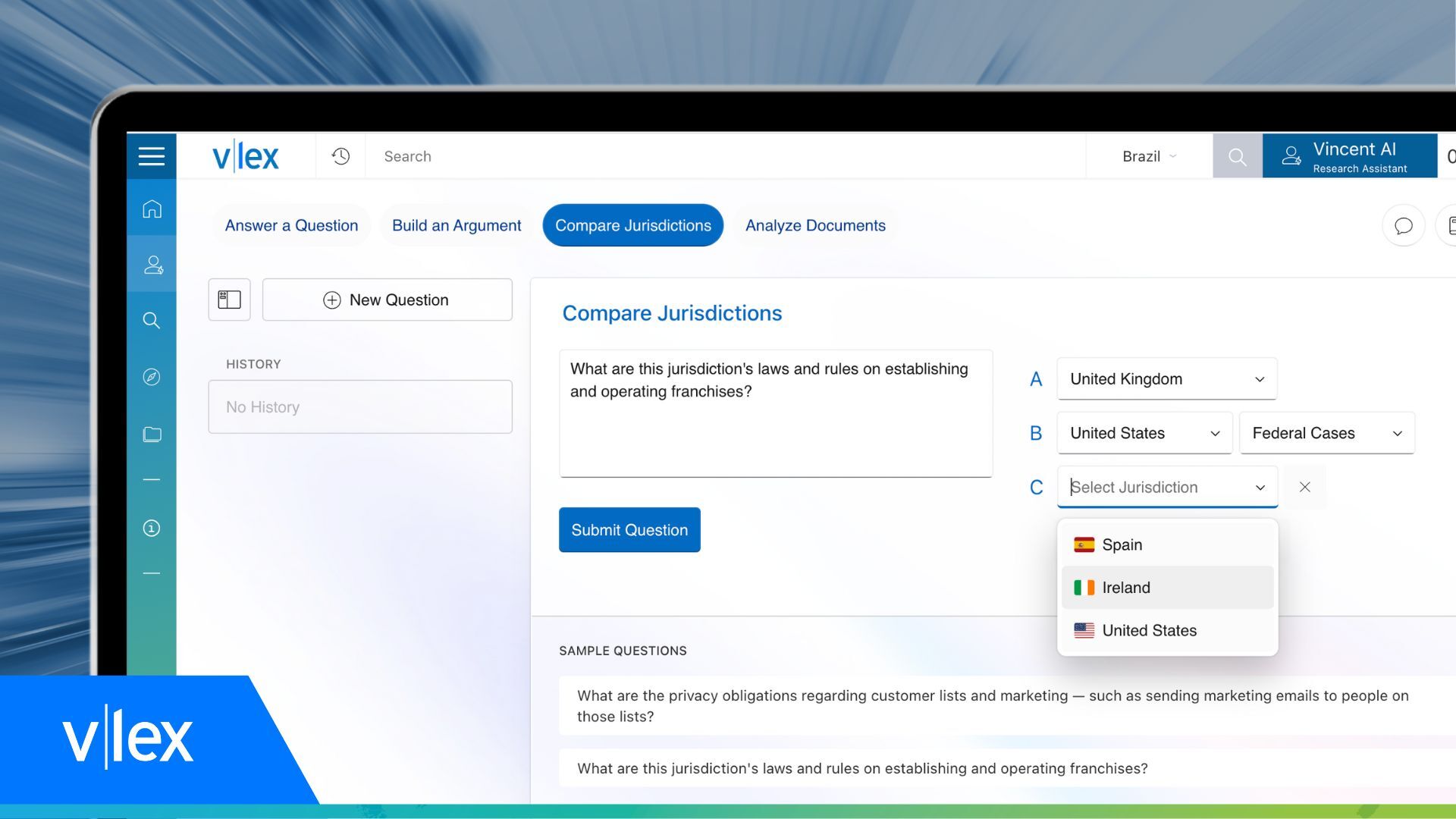Strangers in a strange land: 'Metering' makes asylum rights meaningless, immigrant advocates say

Image from Shutterstock.com.
Even in death, 23-month-old Valeria had her arm draped around her father’s neck.
The United States was shocked in late June by the photo of Valeria and her father, Óscar Alberto Martínez Ramírez, their drowned bodies face-down at the edge of the Rio Grande outside Matamoros, Mexico. According to the Mexican newspaper La Journada, the two had arrived at the U.S.-Mexican border two months earlier with Valeria’s mother, Tania Vanessa Ávalos. The plan was to ask Customs and Border Protection officers for asylum, but when they tried, they were denied entry and told to get on a waiting list. Only when their number was called would they be permitted to start the asylum process.
But the wait stretched to two months, La Jornada says, during which the family camped near the bridge where their number would be called. In June, with no end in sight and desert summer temperatures over 100 degrees, they decided to cross illegally by swimming the river that divides the two countries.
Óscar, 25, swam across with Valeria first and was returning for Tania when he saw that the toddler had jumped back into the water. When he went back to save his daughter, Tania watched helplessly as the current swept them both away. It took 12 hours for Mexican authorities to find them, their bodies caught alongside empty beer cans in the reeds by the side of the river.
That image brought into focus policy failures at the border, which put migrants at risk and threaten to deny them access to legal representation and due process.
Attorneys at the border are struggling to meet the needs of asylum-seekers, and an estimated 80% of migrants have no attorneys at all, according to Robyn Barnard, an attorney for the nonprofit organization Human Rights First who’s representing two Honduran asylum-seekers in Tijuana, Mexico.
Similarly, the image has stirred debates across the Americas about U.S. policy, including “metering,” the policy that gave Óscar and his family an incentive to try crossing illegally.
Metering is the U.S. government’s practice of limiting the number of people who can seek asylum at the border each day—even though the Immigration and Nationality Act says any foreign national “who arrives in the United States” may apply for asylum. In metering, CBP officers simply prevent asylum-seekers from arriving in the United States in the first place, by turning them away when they try to enter legally. Instead, they’re told to put their names on a waiting list and wait weeks in Mexico for their names to be called.
Metering is a separate policy from “Remain in Mexico,” the Trump administration rule that forces asylum-seekers who’ve initiated the asylum process back into Mexico—regardless of their nationalities—to wait months more for hearings. But like Remain in Mexico (called Migrant Protection Protocols by the government), metering leaves immigrants vulnerable not only to the rampant crime in northern Mexico, but to the organized criminals they left their homes to escape. And metering has created further barriers of all kinds in the legal process, including barriers to finding a pro bono lawyer, to those lawyers’ ability to provide effective representation and even to notifying the immigrants of their hearings. Most concerning to immigrant rights advocates, it leaves immigrants so unsafe that they may be deterred from claiming asylum in the first place.
“Mexico does not have a functioning protection force at all,” says Nicole Ramos, an American lawyer who lives in Mexico and works closely with asylum-seekers through the binational nonprofit Al Otro Lado (Spanish for “to the other side”). “Mexican government and law enforcement is deeply enmeshed with organized crime.”

Attorney Nicole Ramos (center) marches with a refugee caravan in May 2018 to the Tijuana, Mexico, port of entry. Photo by Manuel Ocaño.
Legal Barriers
The cross-border nature of metering and “Remain in Mexico” presents substantial difficulties for asylum-seekers in their right to counsel under the Immigration and Nationality Act.
“It was incumbent on us to get involved and help them, but this is just not sustainable for organizations to then be expected to cross an international border to get to their clients,” Barnard says.
Barnard lives and works in Los Angeles, about 140 miles from Tijuana. Attorney Leah Chavarria, of the nonprofit social services organization Jewish Family Service, is in San Diego, which is so close to Tijuana that people commute between the cities on a daily basis. Nevertheless, she says, the security checks involved in crossing the border mean an hour or more of delays each time.
“I’ve actually spent the entire day, taking my entire day of work just to work on one case or two cases,” she says.
Ramos might consider that lucky. In late January, CBP agents confiscated Ramos’ SENTRI pass, which permits preapproved travelers to cross the U.S. border with less scrutiny. Two other attorneys at Al Otro Lado have been refused entry into Mexico, as were several journalists who covered violence related to the migrant caravans arriving in Tijuana last winter.

Attorney Robyn Barnard: “There’s a lot of personal dynamics that you have to deal with when you’re working with survivors of torture and trauma.” Photo from Human Rights First.
For Barnard and Chavarria, travel problems mean relying more on telephone calls—to the migrants’ cellphones if they have them, or a shelter’s landline—and video chat. The call quality can be poor and privacy is iffy in the migrant shelters, making gaining clients’ trust difficult. That’s a problem for lawyer-client confidentiality, but it can also make asylum-seekers reluctant to tell their stories because the gangs they fled could be within earshot.
“I think any immigration lawyer knows that there’s a lot of personal dynamics that you have to deal with when you’re working with survivors of torture and trauma, and I think that this program just exacerbates that,” Barnard says.
The situation doesn’t generally improve when the clients are admitted to the United States for hearings, the lawyers say, because they are in CBP custody for the entire time. CBP or its contractors permit lawyers to meet with their clients an hour before court, but guards refuse to leave the room to provide a semblance of confidentiality.
And when asylum-seekers are interviewed about their fear of returning to Mexico, which they do after their first court date and in CBP custody, official government policy says they have no right to have counsel present.
“Every step of the way, we’ve been denied access to our clients,” Chavarria says.
For her part, Barnard isn’t sure the Department of Homeland Security was fully prepared for the consequences of metering and Remain in Mexico.
“From the very first moment, there were just numerous things that came up that the judge would ask DHS about, or I would ask DHS counsel how something would work, and they had no answers for us,” she says.
At one client’s first hearing, this included a very basic question: how to serve notices of future hearings. Paperwork issued by DHS, whose attorneys act in a prosecutorial role in immigration court, had her client’s address as (translated from Spanish) “known address, Tijuana, Baja California, Mexico.” Barnard asked how DHS planned to reach her client, who is homeless in a city of more than 1.3 million, using that address.
“And the judge was like, ‘DHS counsel, why isn’t there a real address on this? How are you able to send the hearing notice, etc.?’ And DHS counsel had no idea,” she says.
That extended to other practicalities. The judge asked when Barnard’s client would be interviewed about his fear of returning to Mexico; the DHS counsel didn’t know.
“It really raises a lot of red flags about due process violations,” she says. “As a lawyer, I learn the rules, I try to operate within the rules that are set by our Congress and by the government because I believe in the rule of law… and for me, this whole policy is just kind of throwing that to the wind.”
Seeking Asylum
The majority of the asylum-seekers heading for the southwestern U.S. border are from the “Northern Triangle” nations of Central America: El Salvador, Honduras and Guatemala. All three are plagued by deadly gang violence that their governments can’t or won’t control.
Under federal law, people facing violence their home countries won’t regulate have a right to ask the United States for asylum. The 1980 Refugee Act, an amendment to the Immigration and Nationality Act, permits anyone to ask for asylum if they arrive at the border or enter the U.S. and express a well-founded fear of persecution based on their race, religion, nationality, politics or membership in “a particular social group.” They are then supposed to be interviewed by an asylum officer, whose job it is to determine whether their fear is credible and eventually make their cases to an immigration judge.
That’s not what’s happening, multiple reports by immigrant advocates say. Starting in 2017 in Tijuana, CBP agents began simply refusing to permit asylum-seekers to enter the country, thus denying them an opportunity to start the asylum process. Instead, CBP and Mexican agencies tell migrants to get on a list and wait for their numbers to be called. That list is not authorized, or mentioned, in federal asylum law, and it wasn’t used before the summer of 2016, when a large number of Haitians arrived in Tijuana. A report from Human Rights First says U.S. and Mexican authorities came up with a ticketing system as an ad hoc response to the Haitians.

Attorney Leah Chavarria: “Some of [the asylum-seekers] do have support on the north side of the border, but it’s difficult to access that support when it’s across an international line.” Photo from J. Walcher Communications.
But when that flow of migrants ebbed, the system remained in Tijuana. In fact, the Trump administration expanded it to the El Paso, Texas, port of entry in March, and in June, struck a deal with the Mexican government to expand it to the entire southwest border in exchange for lifting the threat of tariffs.
Federal officials have publicly said metering was instituted because they lack the resources to process the number of asylum-seekers who come to the border.
“If we don’t have the resources to let them in on a particular day, they are going to have to come back,” former DHS Secretary Kirstjen Nielsen told Fox News in May 2018, according to UPI. “So they are going to have to wait their turn and we will process them as we can.”
But there’s reason to believe that isn’t the whole story. CBP has never before needed to limit asylum claims, even during previous waves of migration, and its budget for fiscal 2019 is the highest it’s been in the agency’s 17-year history. A 2017 executive order authorized 5,000 new CBP agents, although it’s had hiring difficulties. Meanwhile, while asylum-seekers are arriving in greater numbers—largely but not exclusively because of the violence in Central America—overall arrivals at the border (which includes but is not limited to asylum-seekers) are near a 20-year low, according to CBP data. A September 2018 report from DHS’ Office of the Inspector General described seeing metering in action even though “the OIG team did not observe severe overcrowding at the ports of entry it visited.”
And according to a letter released publicly by three members of Congress in December, DHS official Jud Murdock told Congress privately that metering was intended as a deterrent to asylum-seekers because “the more we process, the more will come.” Attorney Joshua Breisblatt of the House Judiciary Committee tells the ABA Journal there was no official response to that letter.
DHS did not respond before deadline to three requests for comment.
Turnback Policy
According to immigration and human rights nonprofits and media reports, the metering process starts when a CBP agent or agent of the Mexican government directs migrants to the list. Despite this practice, the list is not kept by either government, but rather by one of the migrants themselves. This practice is widely criticized by human rights nonprofits, which say it contributes to confusion, multiple lists and potential or actual prejudice affecting who gets onto the list.
When the list-keeper is admitted to the United States, he or she simply picks another person and passes it on. If a migrant isn’t present the day his or her name is called, the process starts over again.
Some aren’t even informed the list exists. According to the nonprofits, some asylum-seekers are instead turned back by CBP agents telling outright lies, such as that the law has changed or that the United States is “full.” The Human Rights First report, for example, says that a CBP agent told a Central American asylum-seeker that “Trump says we don’t have to let you in.”
That report and another from Amnesty International have both documented instances where CBP agents have coerced or threatened migrants into rescinding asylum requests, including threats to call Mexican authorities.
“One family member [from a Mexican family seeking asylum] explained that the police were involved with the cartel so they could not safely report the incidents to the police,” the Human Rights First report says. “The CBP agent told the young man he was defaming the Mexican government and if he continued to do so the CBP agent would call Mexican authorities to put him in jail.”
Some have found their path to approach the port of entry blocked by Mexican government officials, who at best, put them on the list and at worst, detain them or threaten them with legal action for trying to enter, or for being undocumented in Mexico.
Unsafe Third Country
All of this led to a lawsuit challenging metering, called Al Otro Lado v. McAleenan. It argues that metering violates the Refugee Act, the migrants’ Fifth Amendment right to due process (an established right for immigrants) and the Administrative Procedure Act, which permits private actions against federal agencies alleged to have exceeded their authority.
The suit also argues that metering violates U.S. obligations under the 1967 U.N. Protocol Relating to the Status of Refugees. By signing onto that, the United States agreed to the international principle of non-refoulement, which says nations should not return refugees “in any manner” to territories where persecution on the basis of race, religion, nationality, politics or membership in a “particular social group” puts their life or freedom at risk.
All the same, the federal government’s most recent motion to dismiss Al Otro Lado, filed in November, argues that none of these laws create a right to be admitted to the United States “on demand.” Metering is legal, it says, because Congress gave the DHS secretary broad authority over immigration and security matters. The motion says that includes the power to admit an asylum-seeker “only if the port has the capacity to safely and humanely process her application for admission and hold her for further proceedings.”
The Al Otro Lado plaintiffs contend that this violates U.S. immigration law, which mandates that migrants may apply for asylum if they arrive in the United States or are already present, including by entering illegally. One major exception is asylum-seekers who can be removed to a “safe third country,” a place where they wouldn’t face persecution and have access to “full and fair” asylum proceedings.
The Trump administration announced plans earlier this month to use this rule aggressively by forbidding people who pass through Mexico by land from asking the United States for asylum.
But by all accounts, Mexico is not a safe country. As Ramos observes, Mexico has substantial crime problems of its own, and its law enforcement agencies are often corrupted by the organized criminals they’re supposed to be controlling.
There are also dangers specific to migrants. Doctors Without Borders reported in 2017 that 68% of the migrants it surveyed had suffered some kind of violence in Mexico, from Mexican security forces as well as criminals. Nearly a third of the women had been sexually assaulted in some way.
“People are disappearing and not coming back,” Ramos says. “People are being kidnapped and trafficked by organized crime.”
And the migrants can expect little help from the Mexican government, which was expelling Central Americans in 2017 without adequate investigations or access to legal help, the U.N. reported.
Then there are the practical problems. Migrants usually have no right to work in Mexico and no local family or savings, so they rely on charities or work under the table during their waiting period. Some, like the highly publicized migrant caravan that arrived in Tijuana last winter, end up living on the street. Chavarria says it is taking one to three months to be permitted to make an asylum claim, and then four to eight more for people sent back to Mexico to get through the immigration court case, for which they are brought back to the United States.
“Some of them do have support on the north side of the border, but it’s difficult to access that support when it’s across an international line,” Chavarria says.
The motion to dismiss Al Otro Lado is pending in San Diego federal court, and DOJ routinely declines to comment on pending litigation. But the San Francisco-based 9th U.S. Circuit Court of Appeals has already weighed in on a related topic. In Innovation Law Lab v. McAleenan, the appeals court stayed an injunction against Remain in Mexico while it considers the government’s appeal of the injunction. Oral arguments are set for Oct. 1 for that part of the case.
The 9th Circuit’s eventual ruling could hold clues to the resolution of similar issues in Al Otro Lado. Because that case is being heard in San Diego federal court, appeals will go to the 9th.
Ramos, speaking from Mexico, says there isn’t much she can do for migrants on that side, legally speaking. CBP won’t accept anyone not on the waiting list, and Mexican government agencies could make it worse.
“The only thing we can do for people is to help them hide until their number comes up,” she says.



